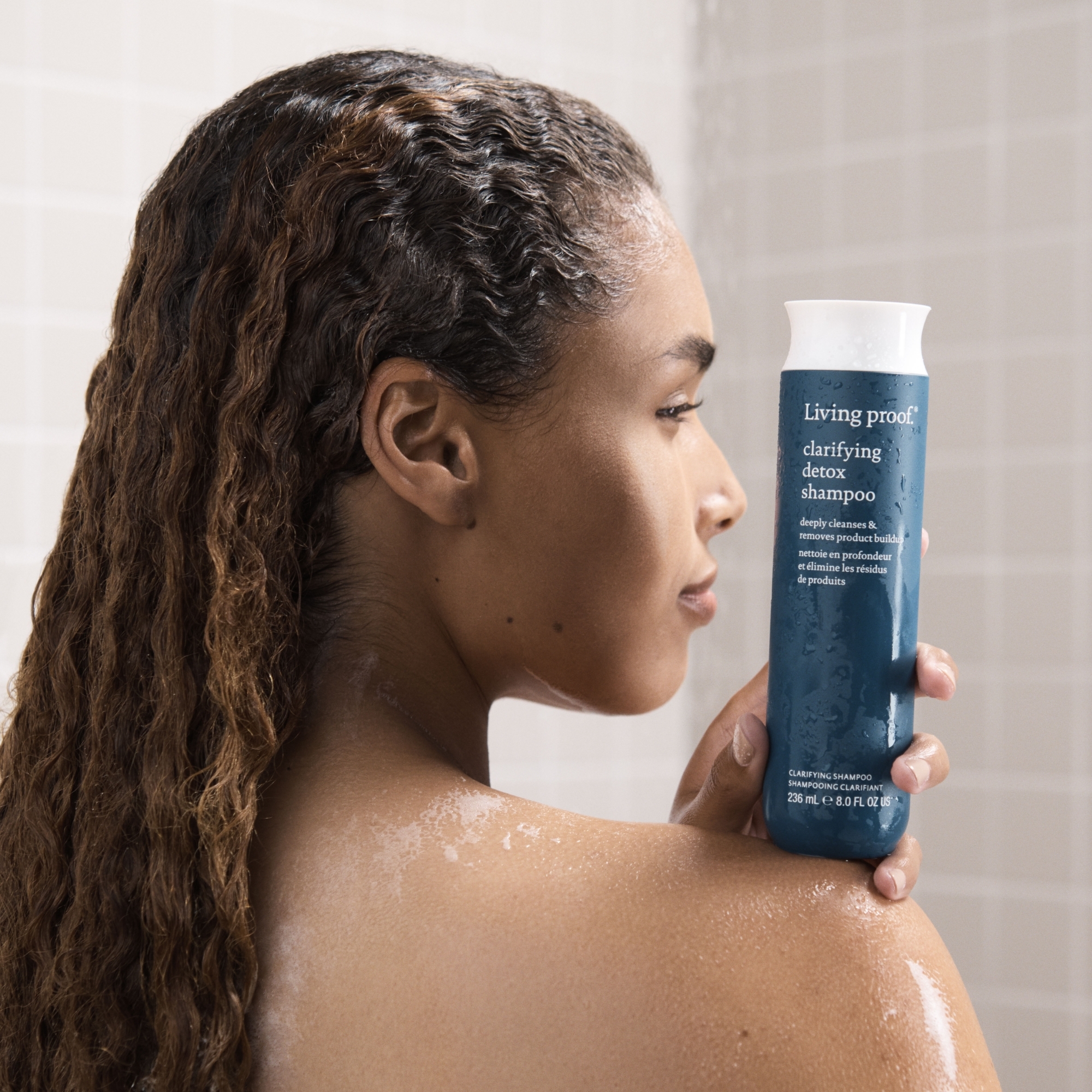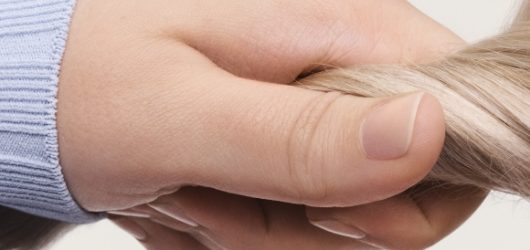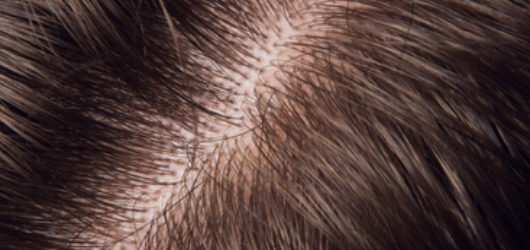
How to Stop Hair Breakage: Causes, Signs & Prevention
Hair breakage can be frustrating, often resulting in uneven hair lengths and rough ends. It’s a common issue, but pinpointing its causes and finding effective treatments can be challenging. This article will discuss hair breakage, explore its possible causes, and introduce effective hair repair products that help address this issue.
What Is hair breakage?
Hair breakage occurs when the structure of hair strands is compromised. Each hair strand has a core — the cortex — surrounded by a protective layer called the cuticle. The cuticle comprises overlapping scale-like layers that keep the hair strong and smooth, so healthy hair has a flat and intact cuticle layer.
External factors such as environmental elements and lifestyle choices can damage the cuticle, and this damage may lift or even remove the cuticle layers, weakening the hair’s protective barrier. When this happens, hair becomes more susceptible to breakage, so it often appears dull and feels rough to the touch, indicating a loss of cuticle integrity and health.
What does hair breakage look like?
Identifying hair breakage is key to addressing it effectively. Common signs of hair breakage include split ends — where the hair strand splits into two or more fragments — typically at the tip, and this is often the most visible sign of hair breakage. Additionally, hair may appear shorter in some areas, indicating breakage along the strand.
Other indicators include increased stray, short hairs not part of your natural hairline or the normal shedding process. These shorter hairs often stick out from the scalp or the main length of your hair. Hair with breakage may look frizzy or lackluster, lacking its natural shine and smooth texture.
Hair breakage vs. hair loss
It’s important to distinguish between hair breakage and hair loss, as they are different conditions with distinct causes. Hair breakage involves the weakening and subsequent snapping of the hair shaft, leading to shorter hair lengths and split ends. This type of hair damage typically occurs along the length of the hair strand.
In contrast, hair loss refers to hair shedding from the scalp, often involving the root. It can be caused by a variety of factors, including dietary changes, hormonal imbalances, physical or emotional trauma, medical treatments, and age-related factors. Certain medical conditions, such as alopecia areata, an autoimmune disorder, can also lead to hair loss. Unlike breakage, which affects the hair shaft, hair loss involves a reduction in the number of hairs on the scalp.
If you’re experiencing hair loss, consult a healthcare professional, such as a doctor or dermatologist, to determine the underlying cause and appropriate treatment options.
What causes hair breakage?
Ever wonder, “Why does my hair keep breaking?” Here are the primary hair breakage causes:
- Lack of moisture: Dry hair is prone to breakage. Overwashing can strip hair of its natural oils, leading to increased dryness. If your hair is frizzy or brittle, reducing wash frequency and using moisturizing products can help.
- Heat styling: Excessive use of heat styling tools without protection can dry out and damage hair. High temperatures and frequent use increase the risk of breakage. Applying a heat protectant, such as our Restore Perfecting Spray, can mitigate this risk.
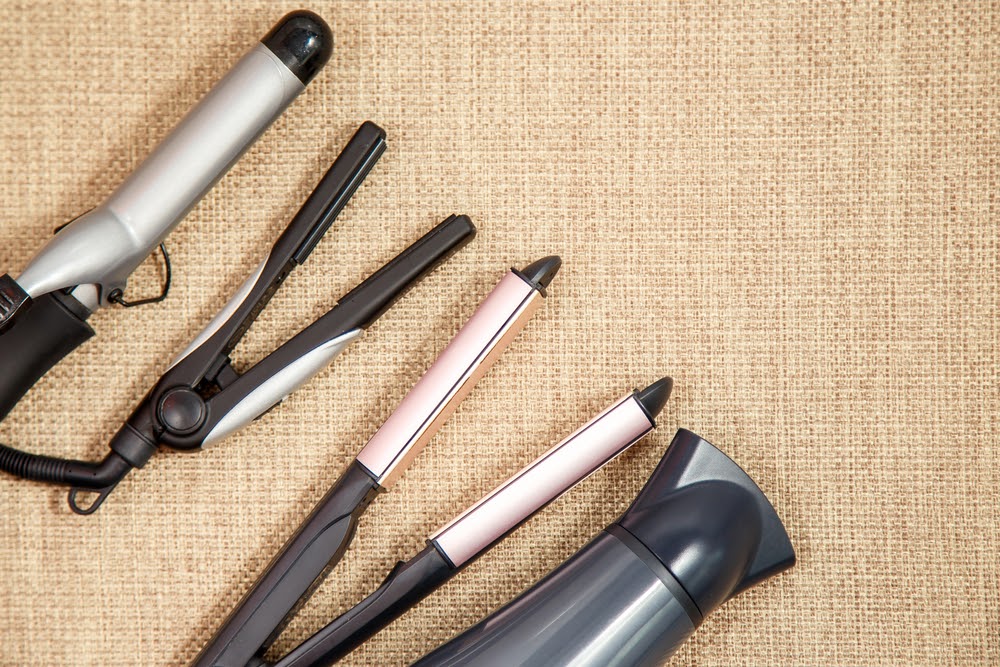
- Harsh treatments: Treatments such as perms, relaxers, and chemical straightening can weaken hair by breaking down its structure. Minimize damage by avoiding harsh chemicals and considering treatments that coat the hair without affecting its core.
- Hard water: Minerals in hard water can build up on hair, preventing moisture absorption and leading to breakage. Using a clarifying shampoo can help counteract this effect.
- Hair ties: Tight hairstyles and rough hair ties can cause breakage. Opting for softer scrunchies and looser styles can reduce this risk.

- Friction: Rough handling with towels, brushes, and pillowcases can cause breakage. Using microfiber towels, wide-tooth combs, and silk pillowcases can help reduce friction.
- Having curly hair: Curly hair is often drier and more prone to breakage. Regular moisturizing, using hair masks, and specially formulated products for curly hair can help maintain its health.
- Having fine or chemically treated hair: This hair type is also more susceptible to breakage. Gentle care and conditioning treatments can help strengthen it.
- Over-brushing: Brushing hair too often or too harshly can lead to breakage. Gentle brushing and minimizing unnecessary brushing can help maintain hair integrity.
- UV rays: Sun exposure can weaken hair, making it brittle and prone to breaking. Protecting your hair from the sun can help prevent this.
- Medical conditions: Conditions like hyperthyroidism or hormone imbalances can affect hair health. Consult a doctor for personalized advice and treatment.
- Stress: High stress levels can impact hair health, leading to weakness and breakage. Managing stress and maintaining a healthy lifestyle can positively influence hair health.
How to treat hair breakage
Treating hair breakage involves both repairing existing damage and preventing future breakage. Here are four hair breakage treatment suggestions to help you achieve healthier, stronger hair:
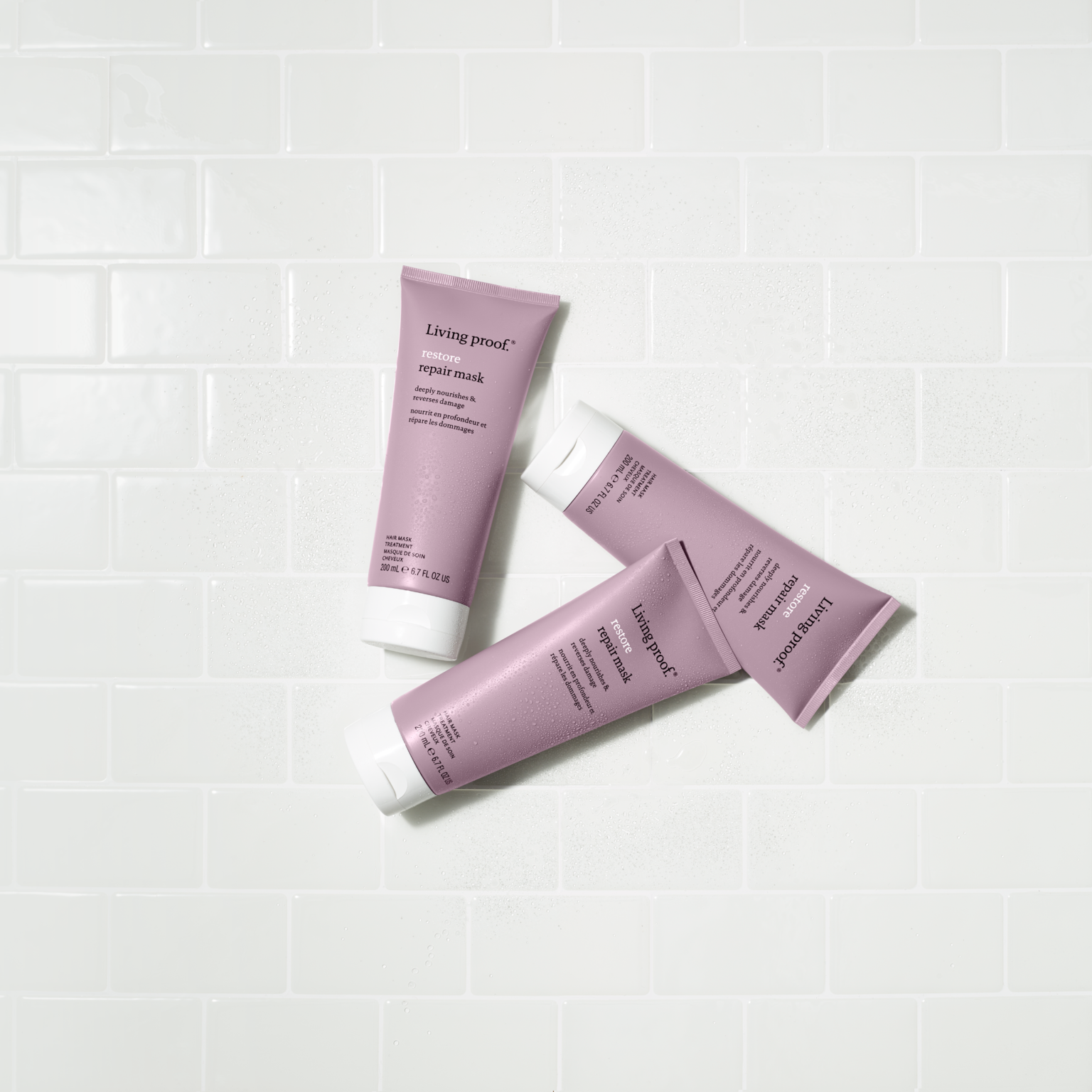 1. Use a reparative hair mask
1. Use a reparative hair mask
A key step in treating hair breakage is to nourish and strengthen hair. A conditioning hair mask, like our Restore Repair Mask, is designed for this purpose. It works to repair dry and damaged hair, restoring the cuticle and enhancing hair’s natural protection against damage. Regular use can significantly reduce breakage, often showing visible results after the first application.
2. Practice good scalp hygiene
Additionally, maintaining scalp health is crucial. Scalp treatments that hydrate and soothe can promote healthier hair from the roots, contributing to overall hair strength and thickness. Check out Living Proof Scalp Care Revitalizing Treatment for fuller, shinier, and healthier-looking hair.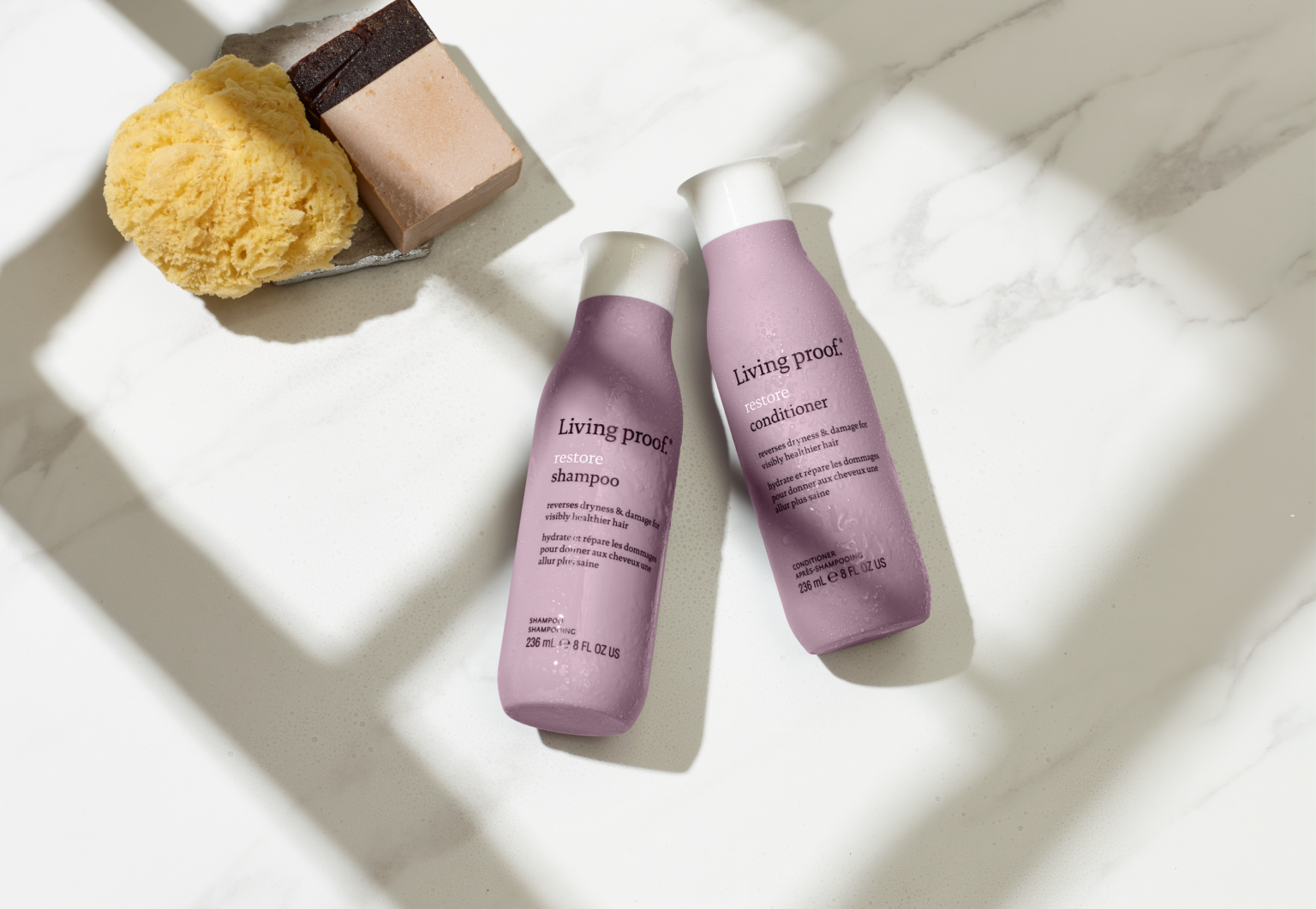 3. Elevate your wash-and-care routine
3. Elevate your wash-and-care routine
In addition to using a hair mask once or twice a week, consider swapping your typical hair product such as shampoo and conditioner for more reparative options. Our Restore collection is designed for damaged, breakage-prone, and dry hair, so you can find everything you need to establish a healthy haircare routine. Start with Restore Shampoo and Conditioner, both of which help restore the damaged hair cuticle and strengthen and protect the hair shaft to prevent future breakage. Then, add Restore Repair Leave-In. Just one use of the Restore Repair Leave-In can make your hair up to 15 times stronger than untreated hair, transforming it to look and feel healthier than ever before.
4. Use a strengthening treatment
Reinforce your hair with a leave-in treatment such as Living Proof’s Triple Bond Complex. This weekly bond-building treatment is scientifically proven to make hair 8x stronger*, enhancing its resistance to future damage and further breakage. Our Triple Bond Complex works on all three types of hair bonds — hydrogen, ionic, and covalent — for comprehensive strengthening. For optimal results, apply the treatment and allow it to penetrate for 10 minutes before layering with your preferred styling products and applying heat.
*Against grooming breakage vs untreated
How to prevent hair breakage.
Preventing hair breakage involves a combination of good haircare practices and avoiding damaging habits. Here are nine tips to help you maintain strong and healthy hair:
- Regular trims: Trimming your hair regularly helps prevent split ends from worsening. Even a slight trim can keep your hair healthy and more resilient.
- Less frequent heat styling: The frequent use of hot tools can weaken hair. Try to minimize their use and always apply a heat protectant when you do style with heat.
- Gentle handling: Hair is most vulnerable when wet, so handle it gently. Avoid rough towel-drying and comb through it softly to prevent breakage.
- Varied hairstyles: Constantly wearing tight hairstyles can strain your hair. Alternate with looser styles and consider protective styles that minimize stress on your hair.
- Sun protection: Prevent hair breakage due to sun exposure by using products with built-in UV protection. Living Proof’s Restore Repair Leave-in, Restore Perfecting Spray, and Perfect hair Day™Healthy Hair Perfector offer protection, keeping your hair safe from UV damage and reducing the risk of breakage.
- Products without harsh ingredients: Choose hair products that are free from harsh chemicals. Look for gentler, nourishing ingredients that maintain hair health.
- Wide-toothed comb for wet hair: Use a wide-toothed comb to detangle wet hair. It’s less likely to pull and snap your strands than a brush.
- Satin hair wrap for sleeping: Wearing a satin hair wrap at night can reduce friction against your pillowcase that can lead to breakage.
- Limited chemical treatments: Reducing the frequency of chemical treatments like coloring, perming, or straightening can significantly decrease hair damage.
Stronger, healthier hair with Living Proof.
With a new understanding of hair breakage, you’re now well-prepared to select products that will nurture and prolong the health of your hair. Not sure where to start? Take our hair quiz to identify the best haircare products for your needs, from hair repair treatments to lightweight hair oils.
Frequently asked questions
How can I tell if my hair is breaking or shedding?
Hair shedding is a natural process where you lose hairs from the root, often noticeable when washing or brushing. In contrast, breakage occurs along the hair shaft, often visible as shorter, broken strands or split ends.
How much breakage is normal?
Some breakage is normal, especially when styling or brushing hair. However, excessive breakage, where you notice many broken strands, frizz, or split ends, may indicate hair damage.
Are certain hair types more prone to breakage than others?
Yes, curly and fine hair types are often more susceptible to breakage. Curly hair tends to be drier, while fine hair can be more fragile.
How often should I trim my hair to prevent breakage?
It’s generally recommended to trim your hair every 6-8 weeks to prevent and remove split ends, which can lead to further breakage.
How can I protect my hair from breakage while I’m sleeping?
Using a satin or silk pillowcase can reduce friction that causes breakage. Additionally, loosely tying your hair or using a satin hair wrap can also help.
What types of products can help treat hair breakage?
Look for products that are specifically formulated for damaged or breakage-prone hair. These include reparative hair masks, leave-in conditioners, bond builders / strengthening treatments, and serums rich in proteins and moisturizers.
Is it possible to completely repair split ends?
Once split, ends cannot be completely repaired. However, certain products can temporarily mend them. The best solution for split ends is to trim them off.


